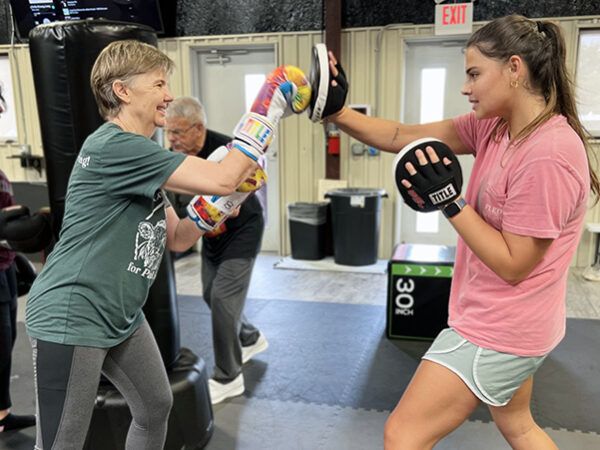Closing The Branding Gap Between Male And Female Athletes
On Forbes’ list of the world’s highest paid athletes, not a single female athlete made the cut. Why is that?
Recent research from the Department of Health and Kinesiology in the College of Education and Human Development aims to demystify why female athletes do not stack up to their male counterparts in building profitable personal brands.
“Serena Williams is the top female athlete earner, but she still makes less than the bottom 10 men in the top 100 earners list,” Dr. Natasha Brison, sport management assistant professor, said.
Brison and Dr. Gregg Bennett, also a professor of sport management, interviewed well-known female athletes, under the condition of anonymity, to understand what barriers existed for them in building personal brands and exposure.
GENDER-BIASED BARRIERS
The male counterparts to the female athletes interviewed are household names, like Lebron James. However, Bennett said the female athletes felt their performance alone was not enough to gain the same status and compensation their male counterparts enjoy.
“For a man, if he’s a great athlete and recognized for his skill, he is often going to get a lot of endorsements, media attention and fandom that his female counterpart is not receiving for comparable athletic performance,” Bennett said.
A common misconception is that female athletes are paid and promoted less because sport viewers do not want to watch women play. Brison challenges this.
“The argument that no one wants to watch women play is losing traction,” Brison said. “You look at women’s sporting events like the Women’s World Cup and it’s one of the top viewed games in history. Fans want to watch women too.”
Bennett said several respondents identified physical attractiveness as a main barrier. Two female athletes could be equally accomplished, but respondents felt the more attractive athlete would be chosen for sponsorships over them.
“They feel they have to be able to perform and have something else, maybe having an unusual personality or being physically attractive,” Bennett said. “Whereas a man, again, just has to be a good ball player to get fame and sponsor deals.”
CLOSING THE BRANDING GAP
Brison hopes to remedy the branding gap between male and female athletes by educating young, female athletes about their personal brands.
“One of the solutions that came out of this research was education,” Brison said. “Women need to learn at an early age about building, managing and protecting their brand.”
She is partnering with a high school to develop a program focused on teaching young athletes how to build and protect their brands.
“I am teaching these girls about personal branding, how to build it and use social media to maintain it,” Brison said. “So, if they become professional athletes, it is something that is in the back of their minds—how they want to be perceived and what may impact that perception.”
Learn more about this research.
Learn more about Dr. Gregg Bennett and Dr. Natasha Brison.
About the Writer
Heather is responsible for news coverage in the Department of Health and Kinesiology, as well as the Department of Educational Administration and Human Resource Development.
Articles by HeatherFor media inquiries, contact our Media Relations Coordinator, Ashley Green
Fundraising
To learn more about how you can assist in fundraising, contact Amy Hurley, Director of Development ahurley@txamfoundation.com or 979-847-9455














